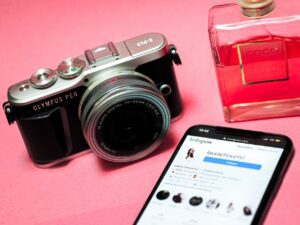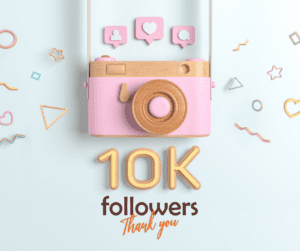You’ve heard the phrase, but have you ever considered what and how important it actually is? A few years ago, the term “influencer marketing” would never be considered to be a persuasive strategy in your marketing campaign. Flash forward to 2021 and 75% of marketers are using influencers in their digital marketing strategy and 90% believe that influencer marketing has been an effective marketing tool. In addition, 80% of customers have bought something recommended by an influencer and 41% of customers discovers new products through influencers every week.
So, based on the statistics above, should you be using it in your marketing strategy? Short answer, yes, without a doubt. Let’s begin.
Influencer marketing is a form of marketing that uses an “influencer” to endorse a product or service to promote to their audience. Influencers usually have a substantial following and are often seen as experts in their field.

Influencer marketing leverages the existing influencers, that are following, to increase brand awareness, tap into new markets and drive sales.
The answer is simple. Authenticity and credibility. Influencer marketing makes your offering more relatable, humanises your marketing campaign and assists in reaching a wider audience.
Some other benefits include:

Convinced? Let’s look at the different influencer campaigns you can use to boost your brand awareness.
Now that we’ve informed you of all the benefits of including influencer marketing into your strategy, you’re probably wondering what’s in it for them? Well, there are different ways of making sure that your influencer marketing campaign is beneficial for both sides.
If you’ve read this far it probably means you’re ready to get started, right? Let’s dive in.

Before you can start on a winning influencer marketing campaign, you need to do some research to find an influencer that makes sense for your brand and overall ROI (return on investment).
Here are some of our top tips on how to find the perfect fit.

You’ve found the perfect fit. Now you need to consider exactly what it is you want to achieve with your campaign. Is it to increase sales? Build brand awareness? Form relationships and build trust with your audience? Grow your following? Generate leads? Launch a new product?
Influencer marketing can assist in reaching a specific audience. So, defining and setting your goals is important to help the influencer deliver the correct marketing message. Setting goals within your influencer marketing campaign also helps make it measurable and allows you to see how well the campaign is performing.
It’s finally time to reach out and get in touch with the right influencer. Remember, they are human, so connect with them on a human level.

Professionally approach them and provide them with a comprehensive proposal that highlights all the necessary information to avoid any back-and-forth communication.
Your clear, thorough proposal should include:
There are different ways of reaching out to an influencer and this includes:
Don’t forget to track your results while your campaign is live to see if the influencer juice is worth the squeeze. Here are some ways on how to do so according to your campaign goals.
Have a look at this blog for a more in-depth understanding of how to measure social media success.

The truth is influencer marketing isn’t going anywhere. So, it’s important to make sure you have the correct influencer that is aligned with your business voice, message, values and goals. And after reading this blog you should feel confident on how to get started with your influencer marketing campaign, boost brand awareness, generate leads and increase conversions.